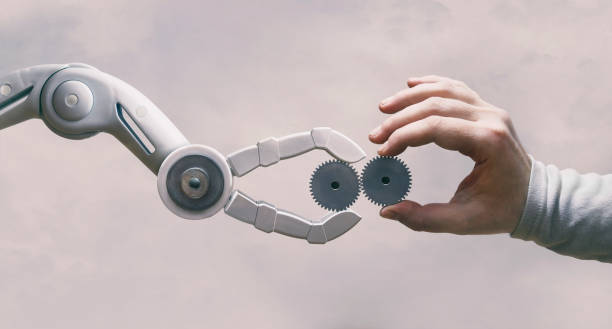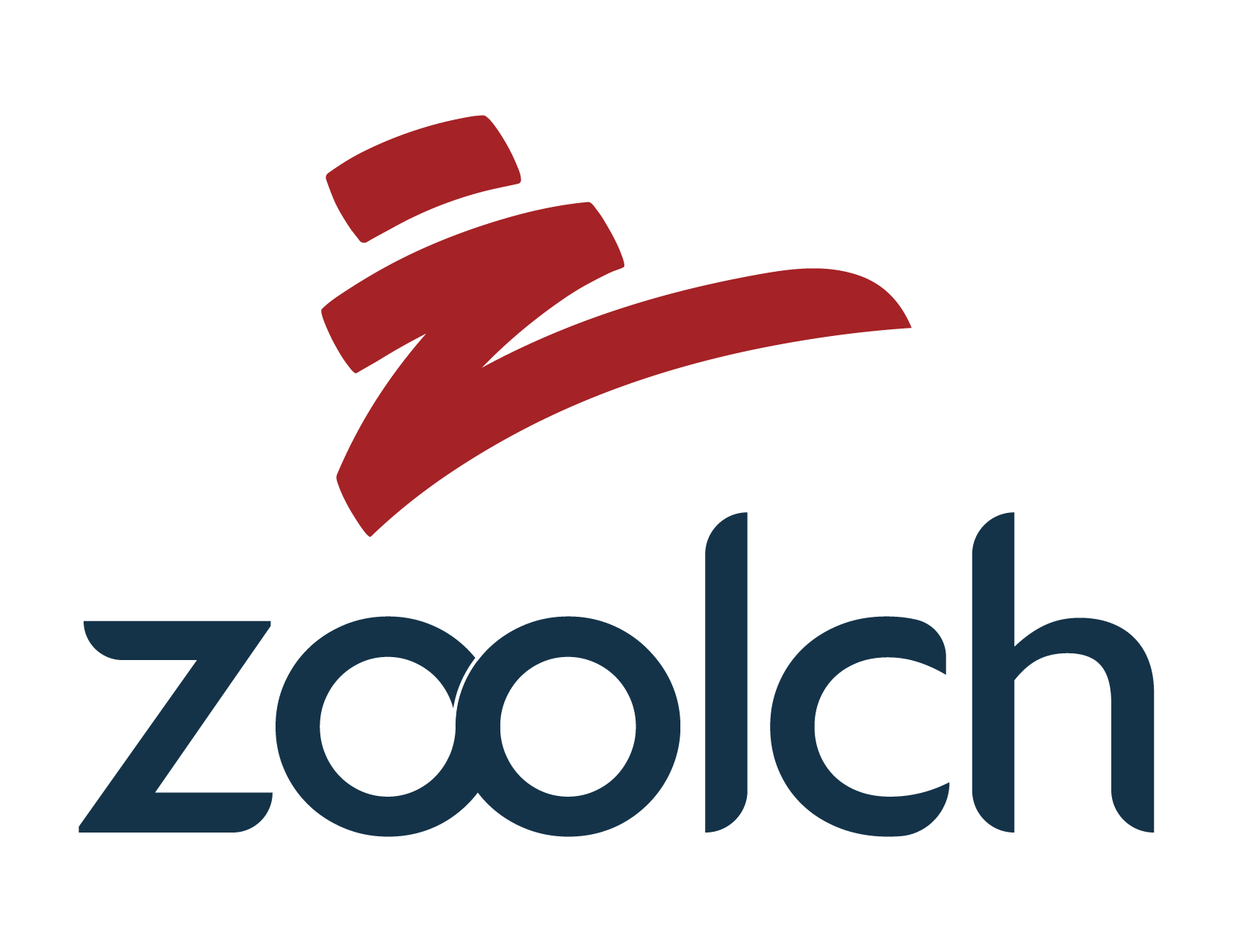
Because speed is nothing without precision.
They used to race the clock. Now they ask a different question: not how fast can we move, but how well.
Speed is a gleam; precision is the path. And when those two meet when velocity pairs with exactness work becomes less frantic and more faithful.
There is a small miracle in letting an algorithm steer the repetitive road. Inventory that once arrived late now reroutes itself around storms. Support tickets that piled like unread letters are triaged into calm queues. The machine does what it does best: it remembers everything, forgets nothing, and suggests the next best step in a whisper rather than a shout. The human on the other end makes the judgment call with clarity, not clutter.
Smart businesses don’t hand the wheel to machines because they crave novelty. They do it because the cost of delay is human: a clinician who can’t see a patient because charts lag, a customer who leaves because help came too late, a product launch that misses the market’s fragile timing. AI brings both the dash and the compass routing with speed, but only where the map truly makes sense.
Precision is a kind of mercy. Consider the moments where milliseconds matter: a logistics chain that avoids spoilage, a fraud system that stops a single false transaction, an email scheduler that sends an offer when the customer is most receptive. Speed without the grain of accuracy creates havoc; accuracy without swiftness creates missed chances. Together they become stewardship being fast enough to act and wise enough to act right.
Partnership is the new choreography. AI takes the routine steps so humans can reclaim the improvisation of work: mentoring a junior teammate, shaping strategy, answering the question that machines can’t why. That’s the unglamorous truth: automation should hand time back to humanity. The best leaders measure success not merely in throughput, but in the minutes returned to human attention.
There is an art to surrender. Letting AI drive means teaching it your ethics, your exceptions, your non-negotiables. It means building systems that explain their suggestions, that let humans override with dignity, and that log decisions not to hide mistakes but to learn from them. Trust grows when machines are transparent and when their boundaries are clear.
And there are quiet wins you can’t tally on a spreadsheet. The customer who receives a thoughtful reply within seconds. The nurse who spends five extra minutes at a bedside because charting reconciled itself. The product team iterates faster because data surfaced the pattern they’d missed. These are the human returns of a machine well-deployed.
Of course, speed and precision demand stewardship: training, governance, and humility. Models must be monitored; biases must be corrected; people must be reskilled. The smartest businesses know this. They pair bold automation with patient human investment, turning technological horsepower into sustainable progress.
So why let AI take the wheel? Because when it drives with care, the ride changes. It becomes smoother, smarter, and more humane. Speed without fidelity is noise. Speed with precision is a promise: that we will move faster and truer, that we will not only arrive sooner but arrive rightly.
